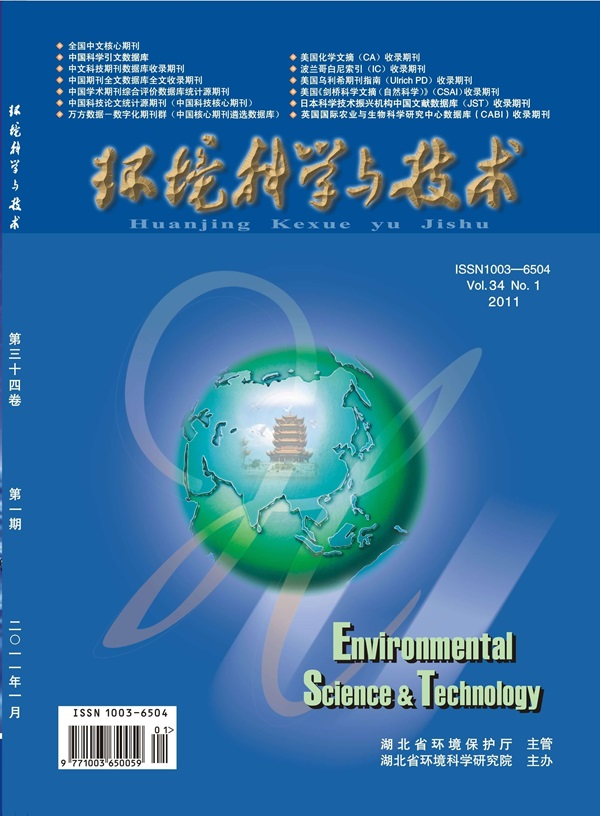Postfire Biogeochemical Processes: Implications to Source Water Quality in Fire-Influenced Watersheds.
IF 10.8
1区 环境科学与生态学
Q1 ENGINEERING, ENVIRONMENTAL
引用次数: 0
Abstract
Forested watersheds are instrumental in providing purified and reliable water to millions of people worldwide. The changing climate has increased the frequency and severity of global fire events. Forested watersheds and their ecosystem functions are greatly disrupted during fire activity. Postfire concerns in forested watersheds include unpredictable and potentially simultaneous alterations in source water quality and hydro-biogeochemical processes. The degree of fire severity can complexly modify water quality through the production of fire-transformed constituents on the burned forest floor (i.e., nutrients, metal(loid)s, dissolved organic matter, and the formation of disinfection byproducts). Correspondingly, fire severity and postfire rainfall patterns can refine hydro-biogeochemical processes that influence the transport of the fire-transformed constituents (i.e., vegetation function, soil structure, hydrological pathways, and microbial communities). Postfire alterations to water quality and hydro-biogeochemical processes introduce further complexity with varying temporal influence, which ranges from months to decades. As postfire water quality and watershed response research progresses, it is essential to homogenize interdisciplinary expertise to bridge knowledge gaps between fields ranging from forest ecology, hydrology, microbiology, and geochemistry. A multidisciplinary approach in wildfire research will facilitate a comprehensive perception of the diverse water quality risks associated with fire activity and mitigate fire concerns on a global level.火灾后生物地球化学过程:对火灾影响流域水源水质的影响。
森林流域在向全世界数百万人提供洁净和可靠的水方面发挥着重要作用。气候变化增加了全球火灾事件的频率和严重程度。森林流域及其生态系统功能在火灾活动中受到严重破坏。森林流域的火灾后问题包括源水质和水文生物地球化学过程的不可预测和可能同时发生的变化。火灾的严重程度可以通过在燃烧的森林地面上产生火转化成分(即营养物质、金属(样物质)、溶解的有机物和消毒副产物的形成)来复杂地改变水质。相应地,火灾的严重程度和火灾后的降雨模式可以细化影响火灾转化成分(即植被功能、土壤结构、水文途径和微生物群落)运输的水文生物地球化学过程。火灾后水质和水文生物地球化学过程的变化带来了进一步的复杂性,其时间影响从几个月到几十年不等。随着火灾后水质和流域响应研究的进展,有必要统一跨学科的专业知识,以弥合森林生态学、水文学、微生物学和地球化学等领域之间的知识差距。野火研究中的多学科方法将有助于全面了解与火灾活动相关的各种水质风险,并在全球范围内减轻对火灾的担忧。
本文章由计算机程序翻译,如有差异,请以英文原文为准。
求助全文
约1分钟内获得全文
求助全文
来源期刊

环境科学与技术
环境科学-工程:环境
CiteScore
17.50
自引率
9.60%
发文量
12359
审稿时长
2.8 months
期刊介绍:
Environmental Science & Technology (ES&T) is a co-sponsored academic and technical magazine by the Hubei Provincial Environmental Protection Bureau and the Hubei Provincial Academy of Environmental Sciences.
Environmental Science & Technology (ES&T) holds the status of Chinese core journals, scientific papers source journals of China, Chinese Science Citation Database source journals, and Chinese Academic Journal Comprehensive Evaluation Database source journals. This publication focuses on the academic field of environmental protection, featuring articles related to environmental protection and technical advancements.
 求助内容:
求助内容: 应助结果提醒方式:
应助结果提醒方式:


